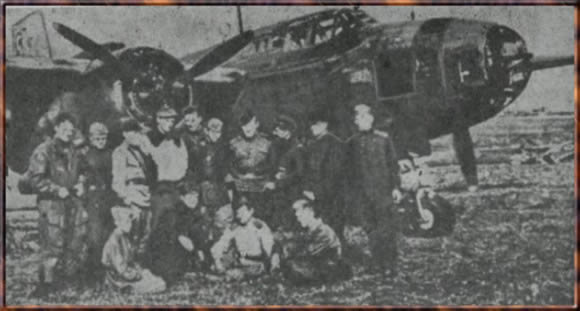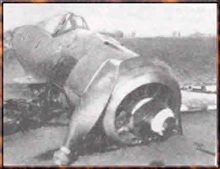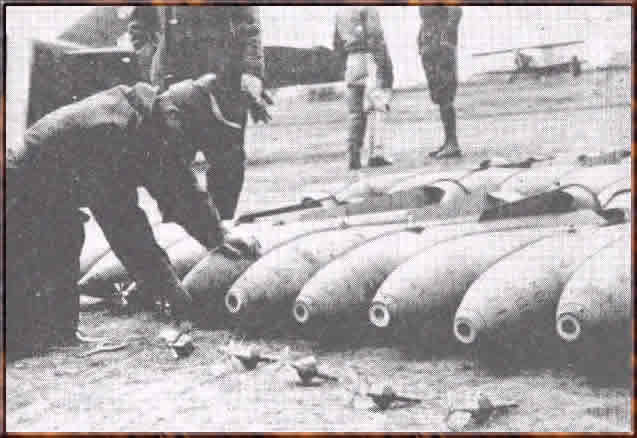
|
ARR campaigns
|
The last battles: fighting the Axis, from Transilvania to Slovakia and Austria
Prelude to the battle
|
|
|
|

Romanian and Russian pilots on an airfield in Transilvania. October 1944
ARR combat strength at start
|
|
|
|
||||
After the 1st Air Corps arrived on the front in early September 1944, things started to improve a bit. The Corps was included into the Soviet 5th Air Army, under the command of Lt. General S.K. Gurionov. Of course, this meant that Romanian and Soviet units shared airfields and were supposed to cooperate, but the VVS proved to be almost as dangerous as ally as it was as enemy. |
||||
|
||||
By the end of October 1944, the Romanian province of Transilvania had been completely liberated and Romanian armies were pushing into Hungary. The Romanian 1st Air Corps followed them, relocating its units to airfields close to the border. But appalling weather and muddy runways reduced air activity mostly to reconnaissance flights, since the aging but rugged IAR-39's proved capable to takeoff and virtually from anywhere they could find a piece of flat land. By the end of 1944, the ARR had flown more
than 2500 sorties and dropped over 461 tons of bombs. 40 Axis airplanes
were claimed ( 4 shot down in aerial combat, 5 destroyed on the ground
and the rest of 31 shot down by AA artillery ). |
 |
|||
|
|

Preparing the bombs before another mission. Miskolc airfield, 1945
|
|